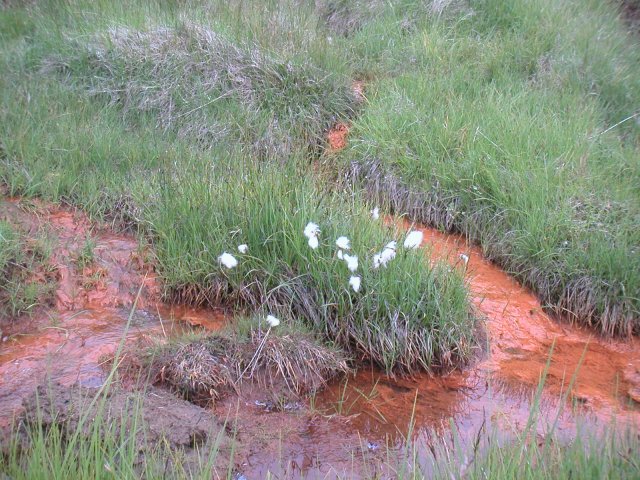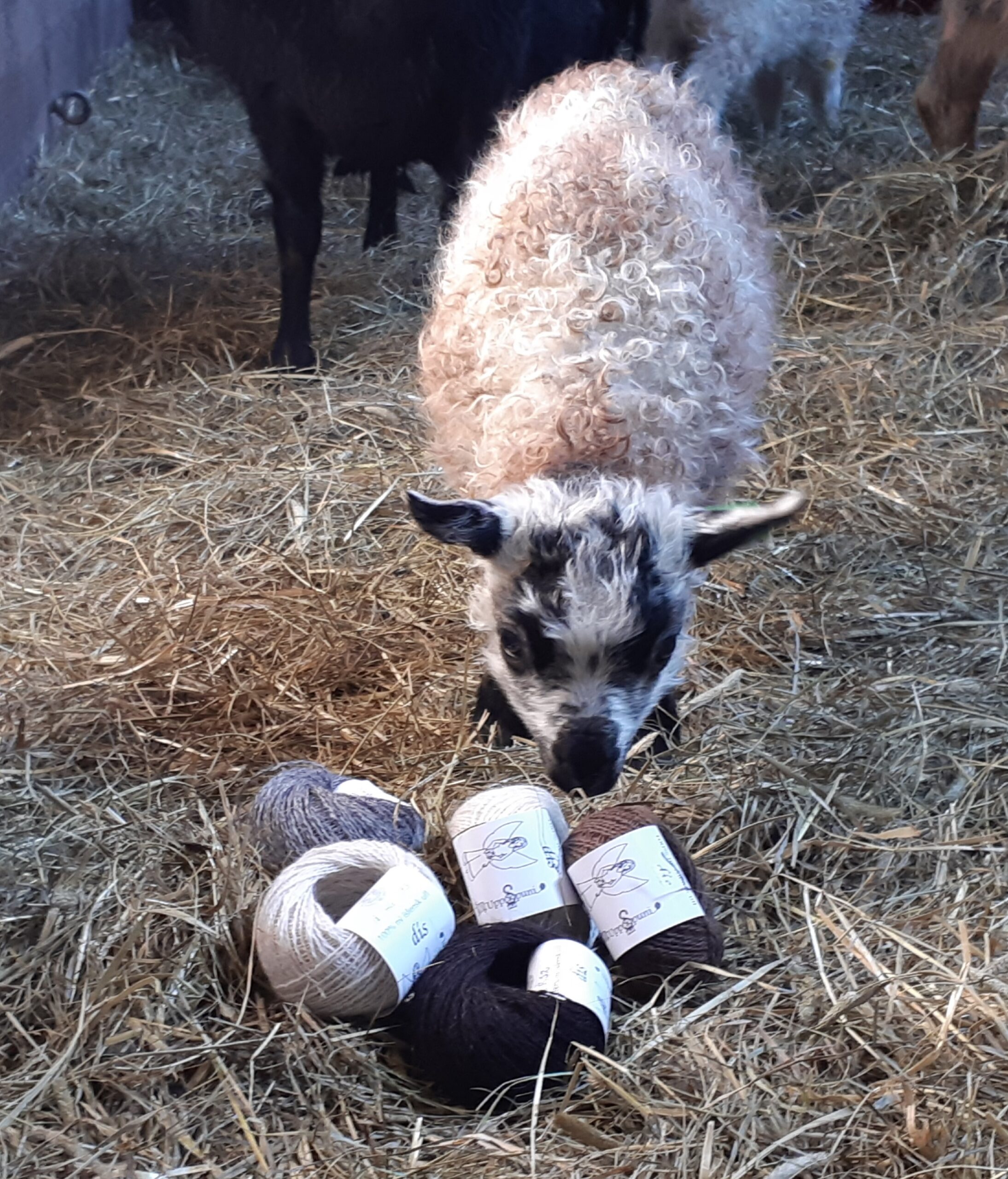- 25.02.23
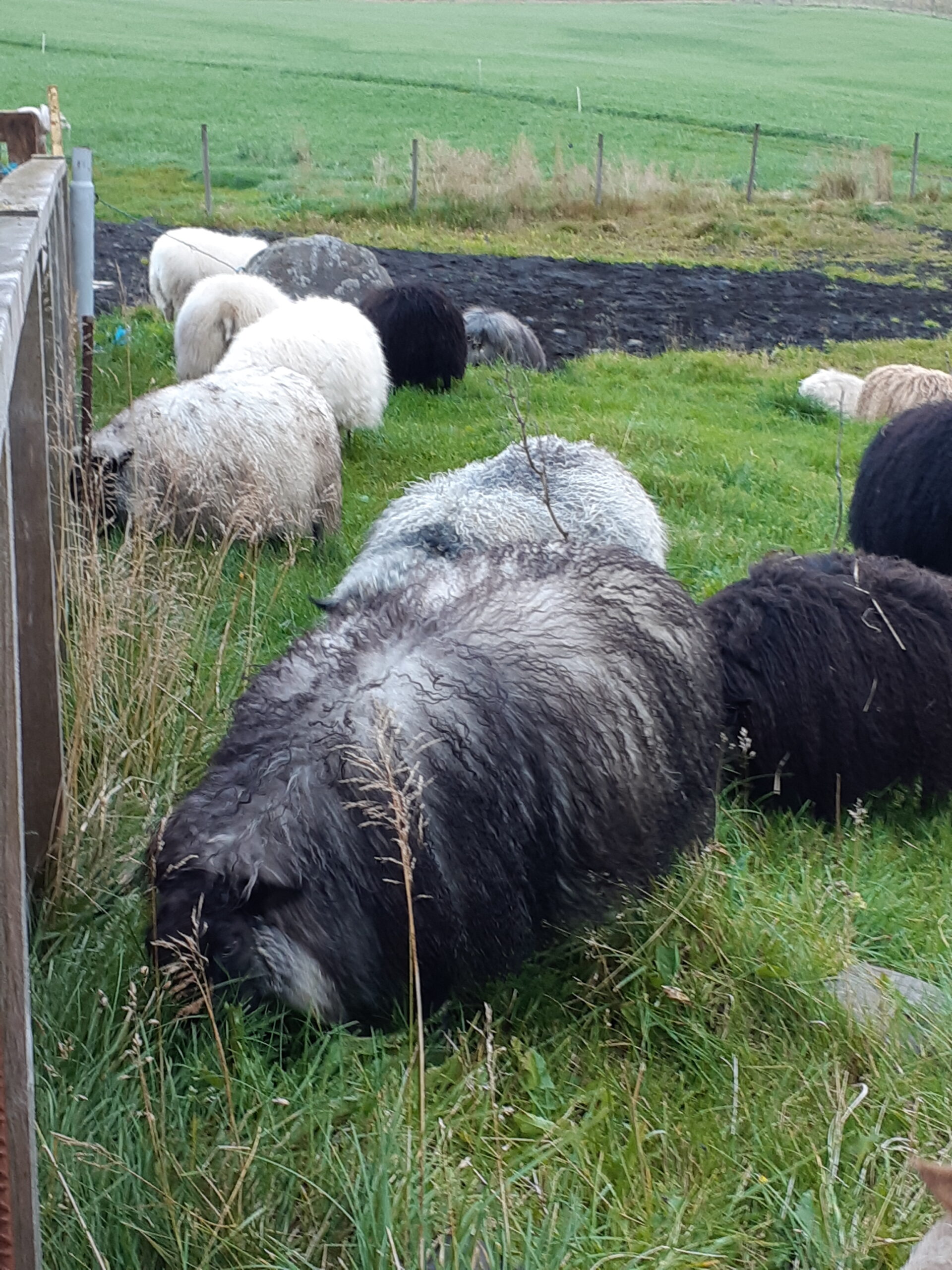
Talk about fifty shades of grey… I think there are even more than fifty. It just seems to be endless possibilities and when we make grey, we can not guarantee to get the same colour of grey next time we try.
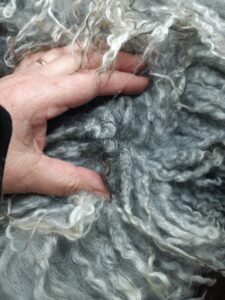
The thing with the grey wool is also that it is not always the same grey all over the sheep.- Yes, I mean the same sheep. It can be different on the back and the belly and the thighs, and that shows in the yarn. When you knit with it, it sometimes gets these waves in the main colour, even though you thought you had it all in the same colour. It has this artistic look to it, and to tell you the truth; I find it very nice. Of course when you want something that is the same all the way you don’t like it so much. But then you will just have to aim for some other colour. The same happens when I dye the grey yarn. It has what I call movements in it. Actually I love the most to dye grey yarn. Because it looks so alive. It doesn’t have any flatness to it, and knitting it can be so exciting, because you can not be sure where the wave will appear in the knitting.
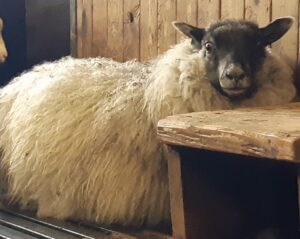
The most coarse wool that I have found when working with wool, was grey, but I have also had some of the softest wool I have felt from grey wool, so the difference in quality is almost as wide as the possibilities in shade. It can also have the unwanted hairs that we call ill-hærur, which are hard hairs that stand out of the yarn when it is ready, doesn’t spin as the other wool and it doesn’t take colour when you want to dye it. Sometimes when we part the tog from the thel (the outer hair from the inner wool) we get two different colours, and quite often there are hairs left in the inner wool that in the old days were called “hærur” in Icelandic. It is soft and it can be spun but in finished yarn it gives like a halo that can also be seen in a knitted garment.
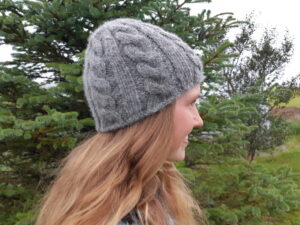
Grey yarn is the most popular one we make, and it also has the biggest variation in colours,- so no wonder it is popular. You can get so many shades. And it is fun to knit pattern that fades out (or in) with grey yarn in many different shades, starting from either the lightest or the darkest and to the other end.
Grey can also go with all other natural colours of wool. And when I dye grey yarn, I get the best pattern colours to go with it, because it has a match to each other. It comes from the same family if that can be said about wool colours, and therefore it fit’s so nicely with each other. Somehow it also has a depth to it that gives the colours a mysterious look. I have often surprised people when I tell them that the yarn that looks like red wine is actually bright red colour, only the yarn was dark grey and that’s why it looks differently.
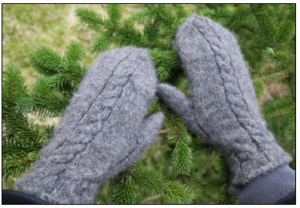
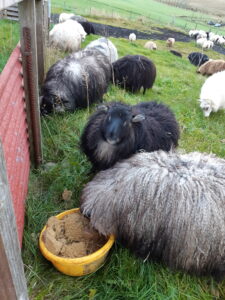
Now in Iceland, we only have an Icelandic sheep, but we also have the leader sheep (which is almost always with two colours,- I will tell you more about them later) and we also have the pelt sheep. The pelt sheep is usually always grey. It was usually bred for the skin, because it gives a gorgeous home decorations with it’s shining – almost glowing curly locks. It has nearly just tog and the tog is softer than in the “normal” Icelandic sheep. It is also more curly and when properly bred it’s wool should curl up all the way to the bottom of the skin. We don’t have many of them in Iceland and it is rather rare, but farmers are getting more interest in breeding them and keeping them in their flocks. We were lucky enough that few farmers kept on breeding them when no one wanted them for a while, so we still have the genes in the Icelandic herd. I must admit I have few myself and to cut a long story short, the wool is also something else. Not only does it have curly locks from the bottom of the sheep’s skin to the end of the wool, it also has this shiny glow to it. It is special. It has more tog (the coarser hairs) but it is finer than normally and therefore a bit softer. It is also slippery and that makes it harder to spin. When the yarn is ready, the shine shows in it and even though having most of the pelt sheep’s wool in grey colour, I was once spinning black yarn from a pure bred pelt sheep and the sun was shining on it through the window when it was being wound up on a cone and I just thought: “what is going on there? is it with a mirror in it reflecting the shine or what?” But it was just the natural look of the wool.
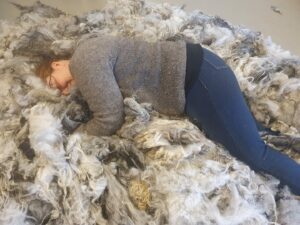
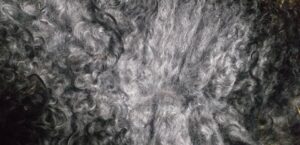
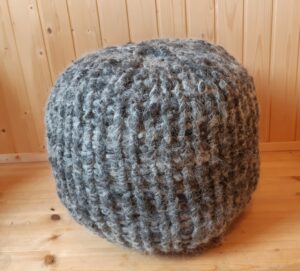
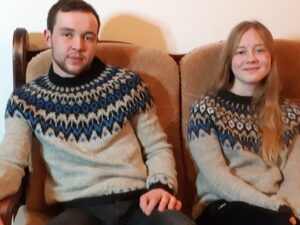
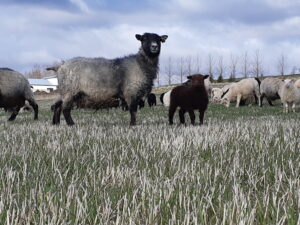
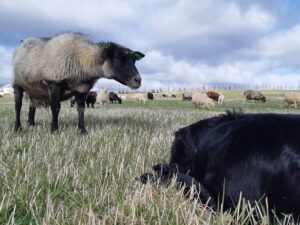
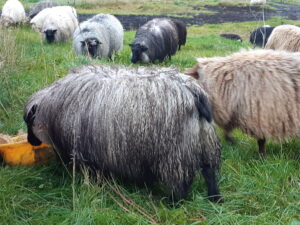 Back in the 70’s when the pelt-sheepskin was most popular, they were meant to be grey, but today, when people want to knit with the wool as well, more colours are expected, and so the farmers try to get more colours. And we now have grey, some black and brown pelt sheep. I have heard of a white one also. Now that would make a nice sweater, right?
Back in the 70’s when the pelt-sheepskin was most popular, they were meant to be grey, but today, when people want to knit with the wool as well, more colours are expected, and so the farmers try to get more colours. And we now have grey, some black and brown pelt sheep. I have heard of a white one also. Now that would make a nice sweater, right?
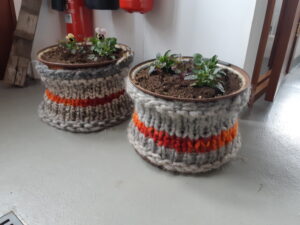
I have several grey sheep in my herd, most of them are pelt-mixed, and they have many shades. I put a lot of photos into this post. Sometimes pictures say more than many words, so I thought it would be nice to have it that way in this post making it more alive. I hope you enjoyed it.
Now I have finished all the colours of the Icelandic sheep, but then again, I am not… Because we also have different patterns in the colours… Flecks, spots, mouflon and badgerface and… I guess I must also talk a little bit about them. But this will have to be the end of the grey discussion.


